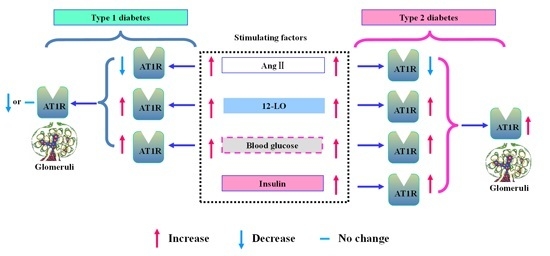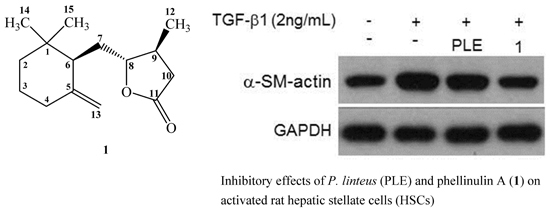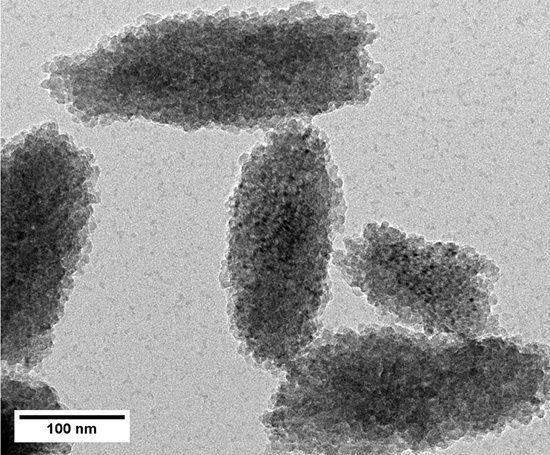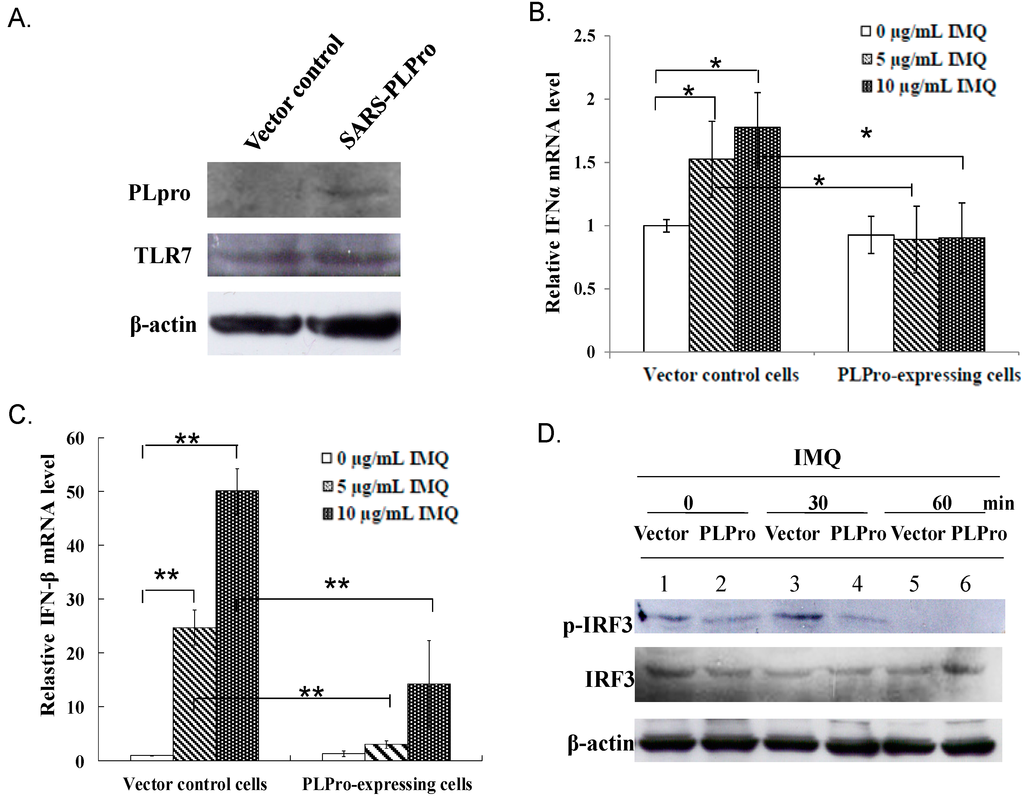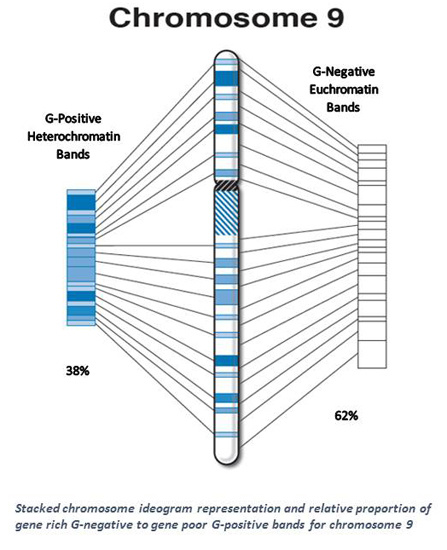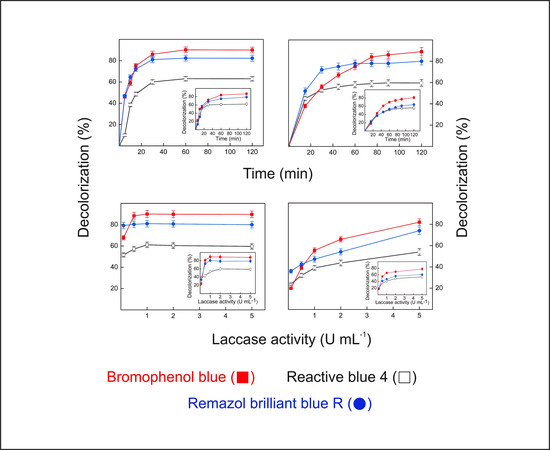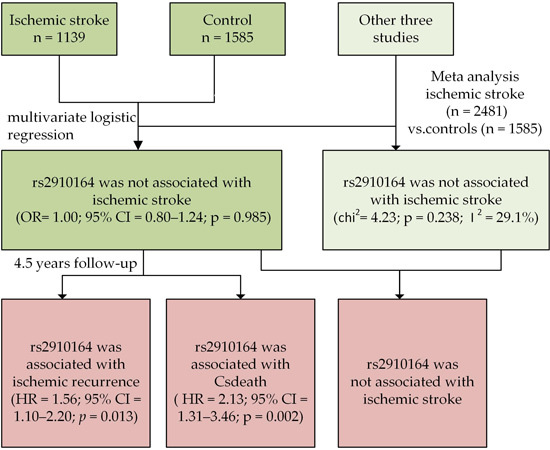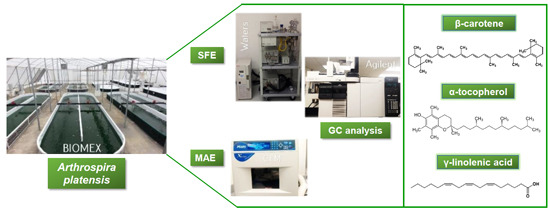1
Graduate Institute of Clinical Medicine, College of Medicine, Kaohsoung Medical University, Kaohsiung 807, Taiwan
2
The Michael E. DeBakey Department of Surgery, Baylor College of Medicine, Houston, TX 77030, USA
3
Department of Systems Biology, MD Anderson Cancer Center, Houston, TX 77030, USA
4
National Institute of Cancer Research, National Health Research Institutes, Tainan 704, Taiwan
Int. J. Mol. Sci. 2016, 17(5), 685; https://doi.org/10.3390/ijms17050685 - 6 May 2016
Cited by 56 | Viewed by 9485
Abstract
Mammalian cells evolve a delicate system, the DNA damage response (DDR) pathway, to monitor genomic integrity and to prevent the damage from both endogenous end exogenous insults. Emerging evidence suggests that aberrant DDR and deficient DNA repair are strongly associated with cancer and
[...] Read more.
Mammalian cells evolve a delicate system, the DNA damage response (DDR) pathway, to monitor genomic integrity and to prevent the damage from both endogenous end exogenous insults. Emerging evidence suggests that aberrant DDR and deficient DNA repair are strongly associated with cancer and aging. Our understanding of the core program of DDR has made tremendous progress in the past two decades. However, the long list of the molecules involved in the DDR and DNA repair continues to grow and the roles of the new “dots” are under intensive investigation. Here, we review the connection between DDR and DNA repair and aging and discuss the potential mechanisms by which deficient DNA repair triggers systemic effects to promote physiological or pathological aging.
Full article
(This article belongs to the Special Issue DNA Damage and Repair in Degenerative Diseases 2016)
▼
Show Figures


